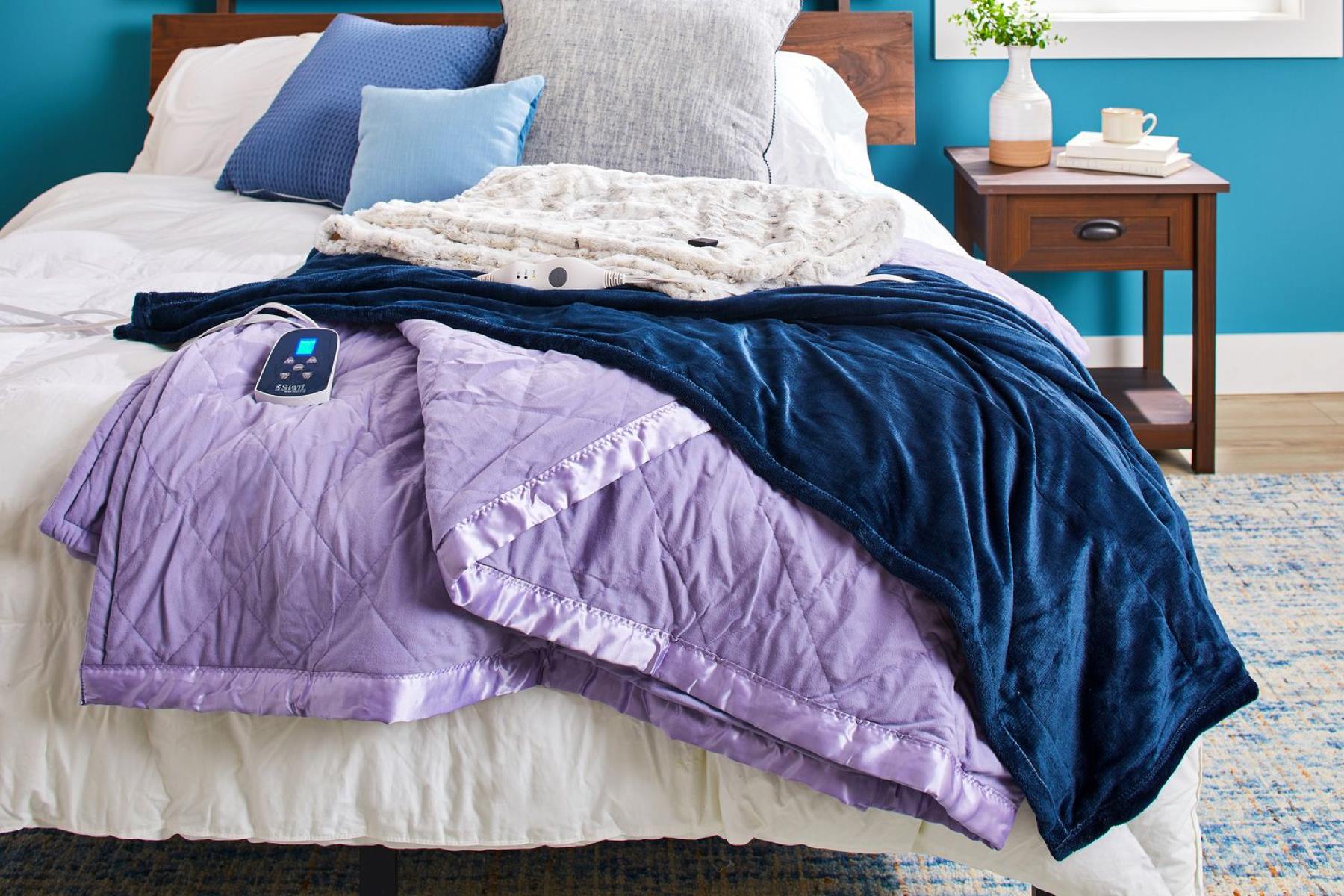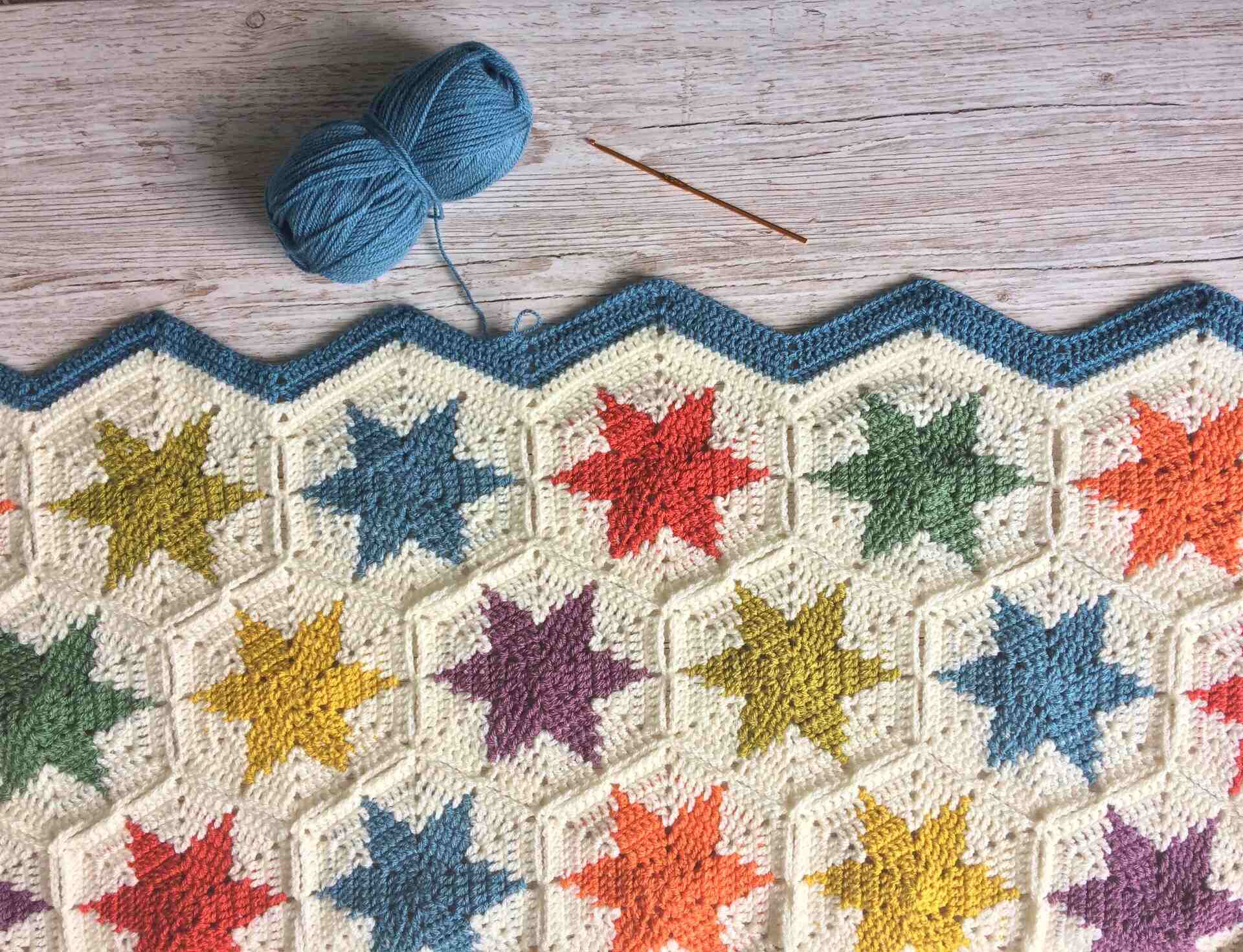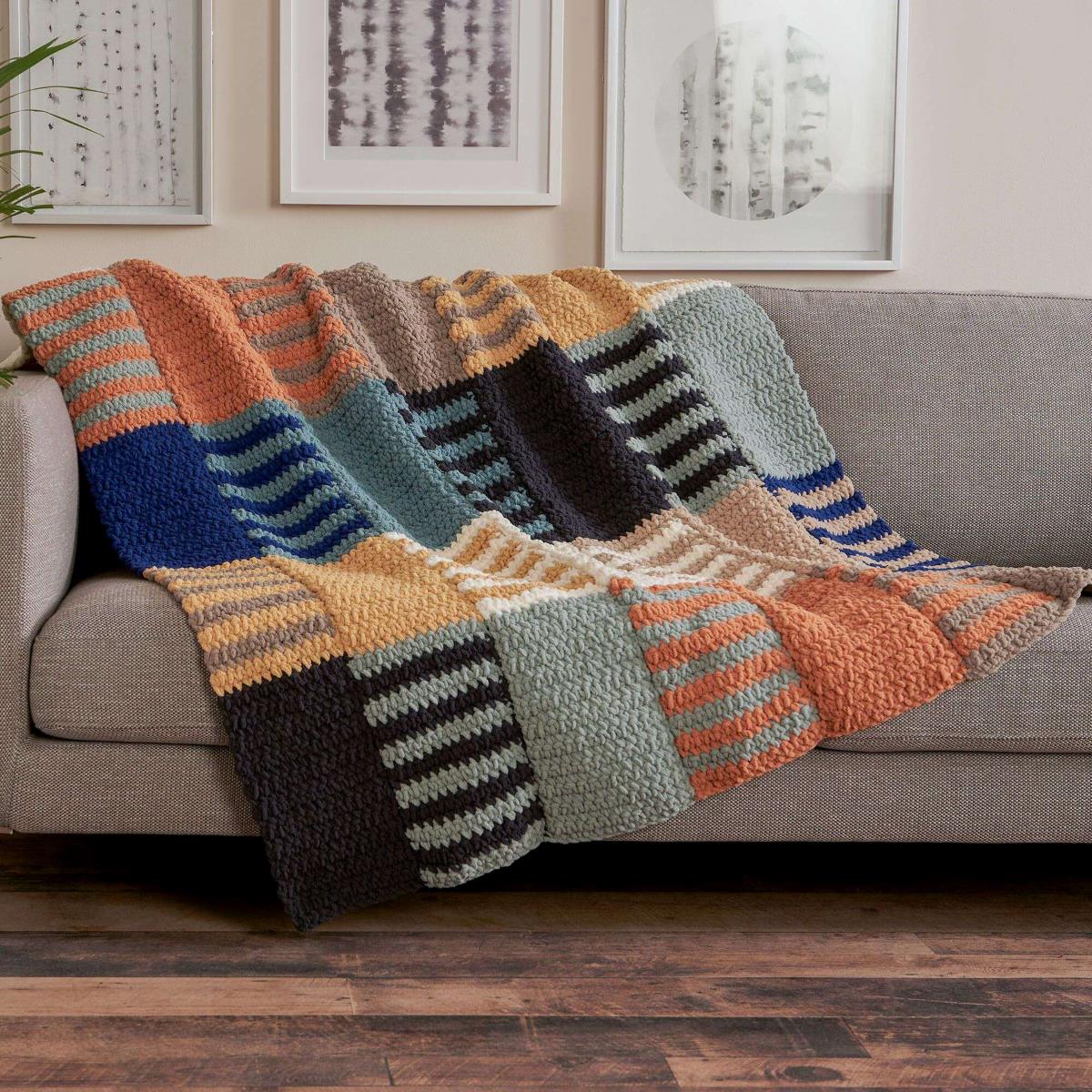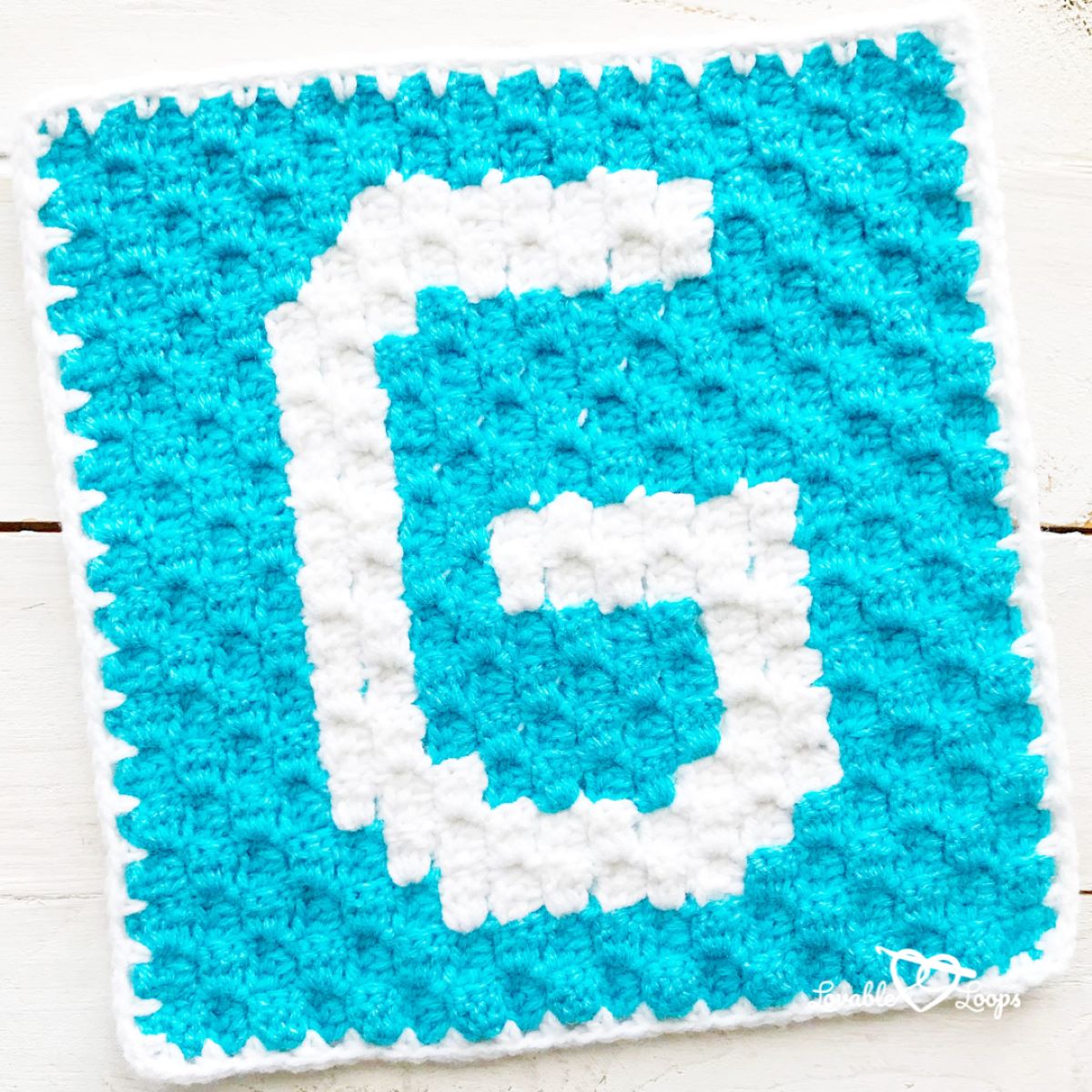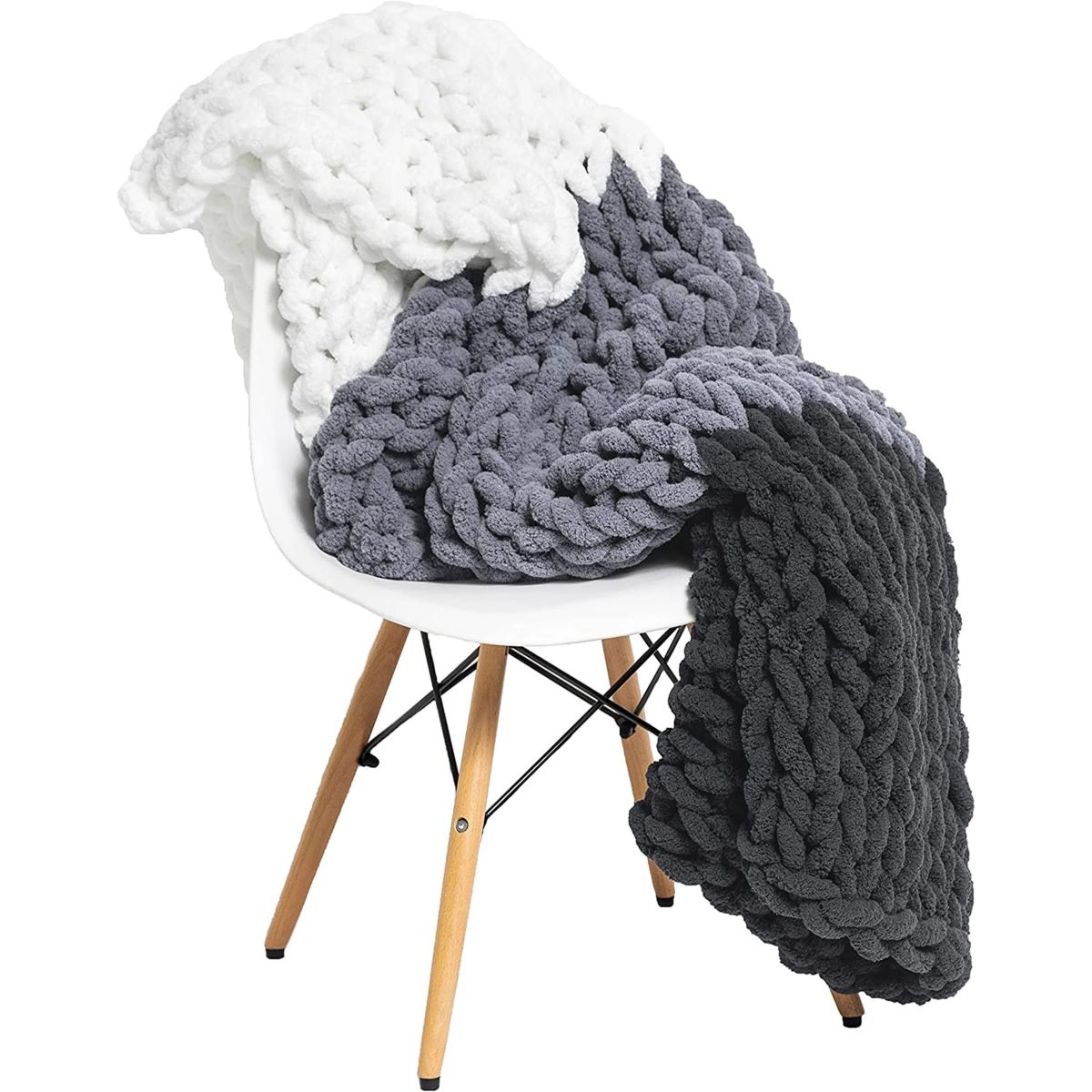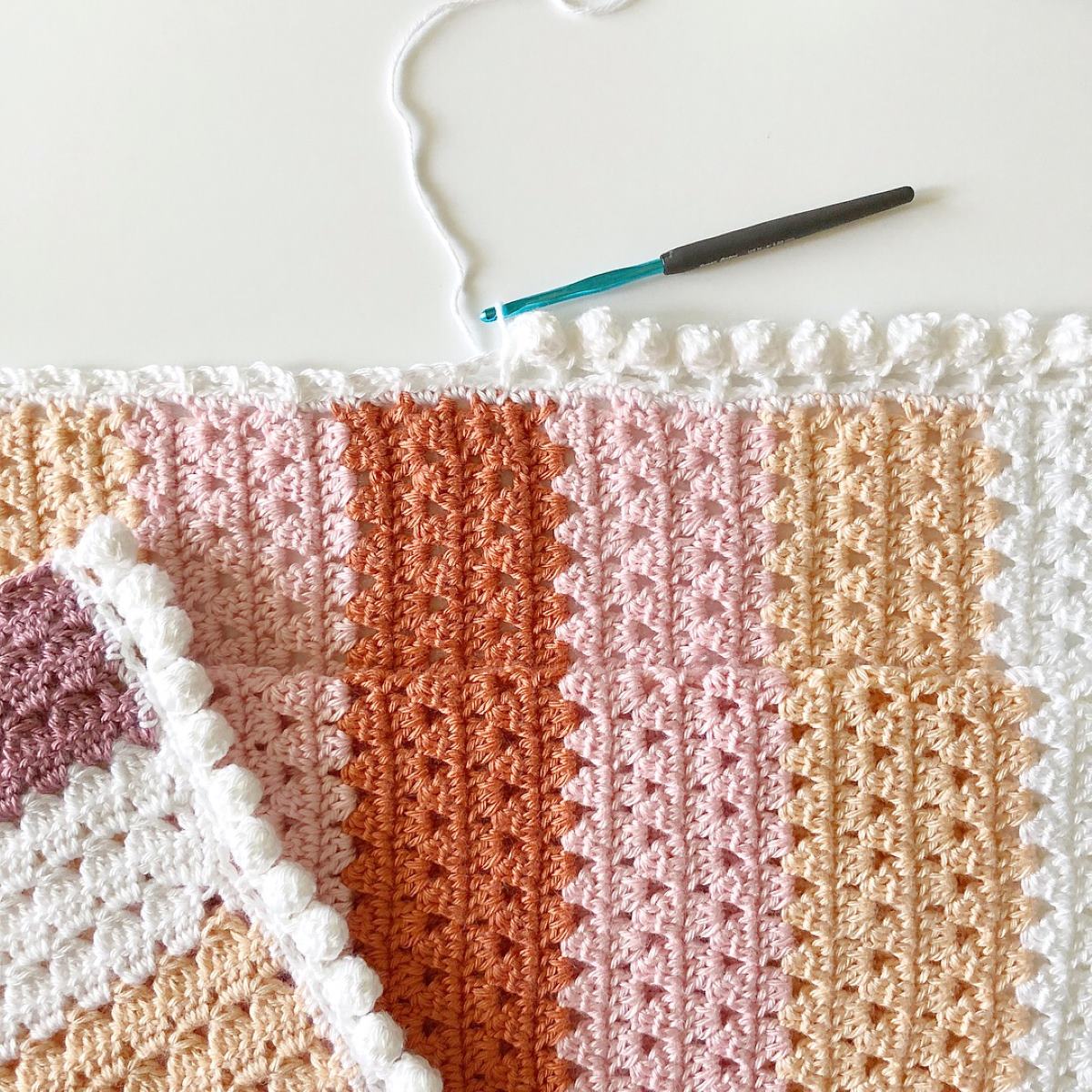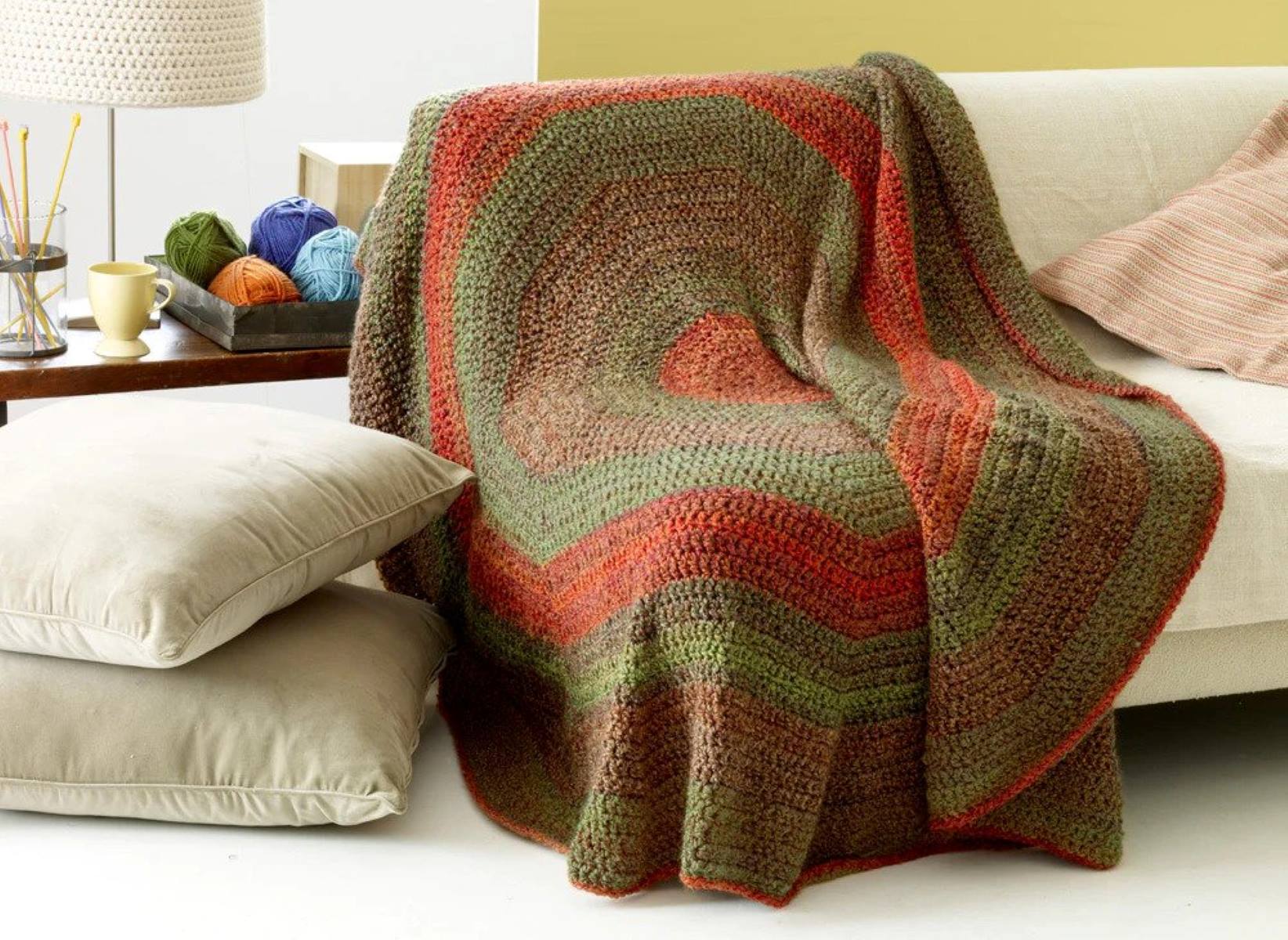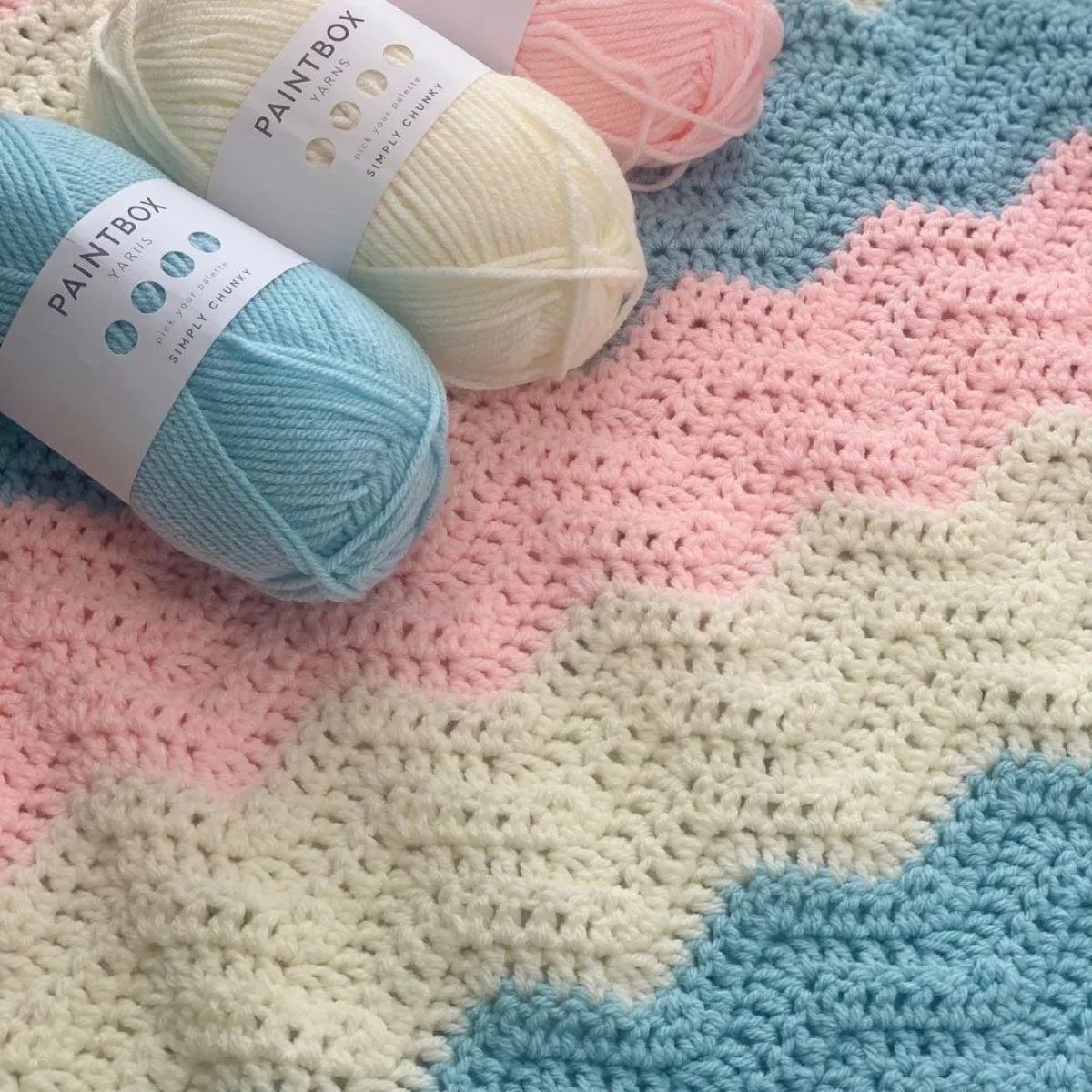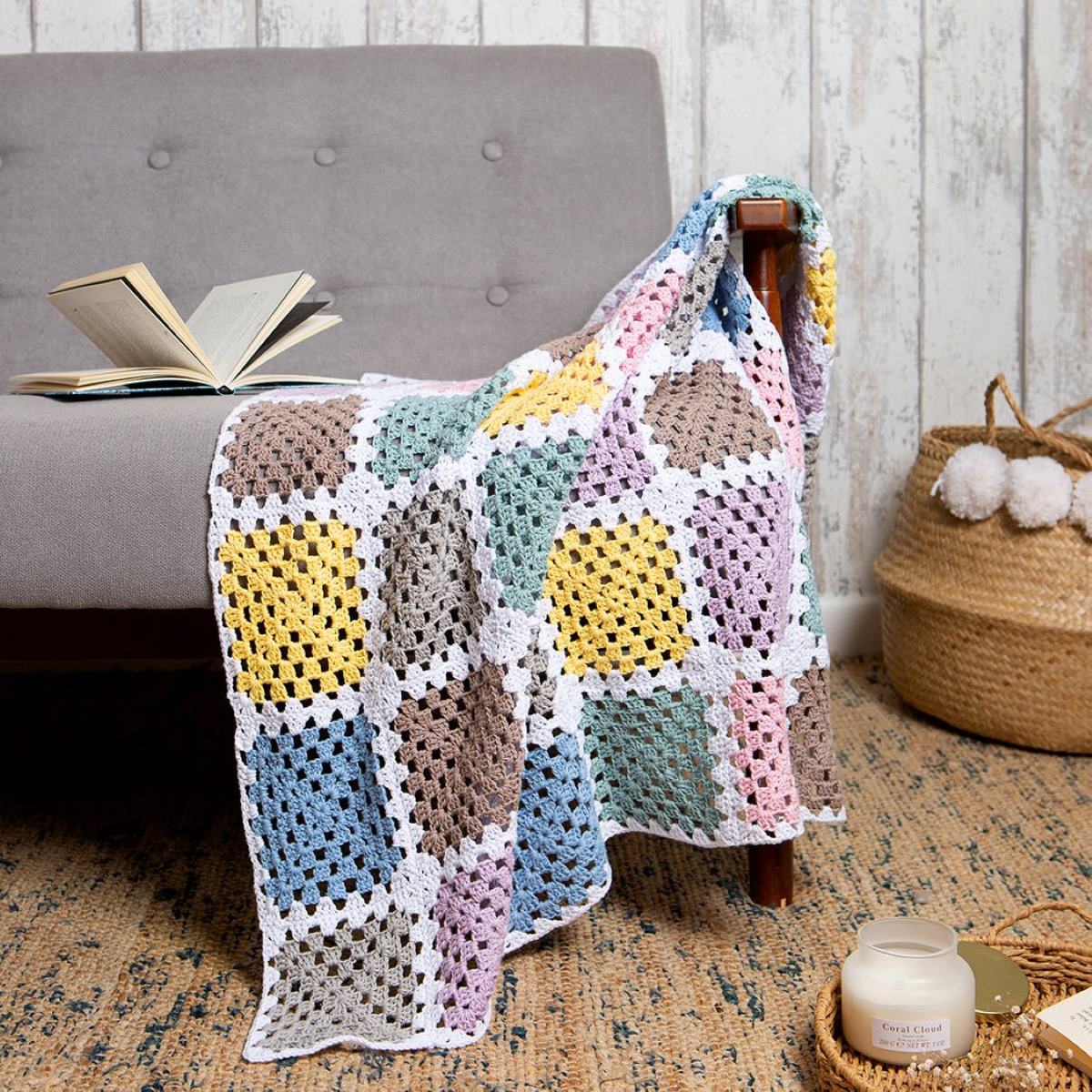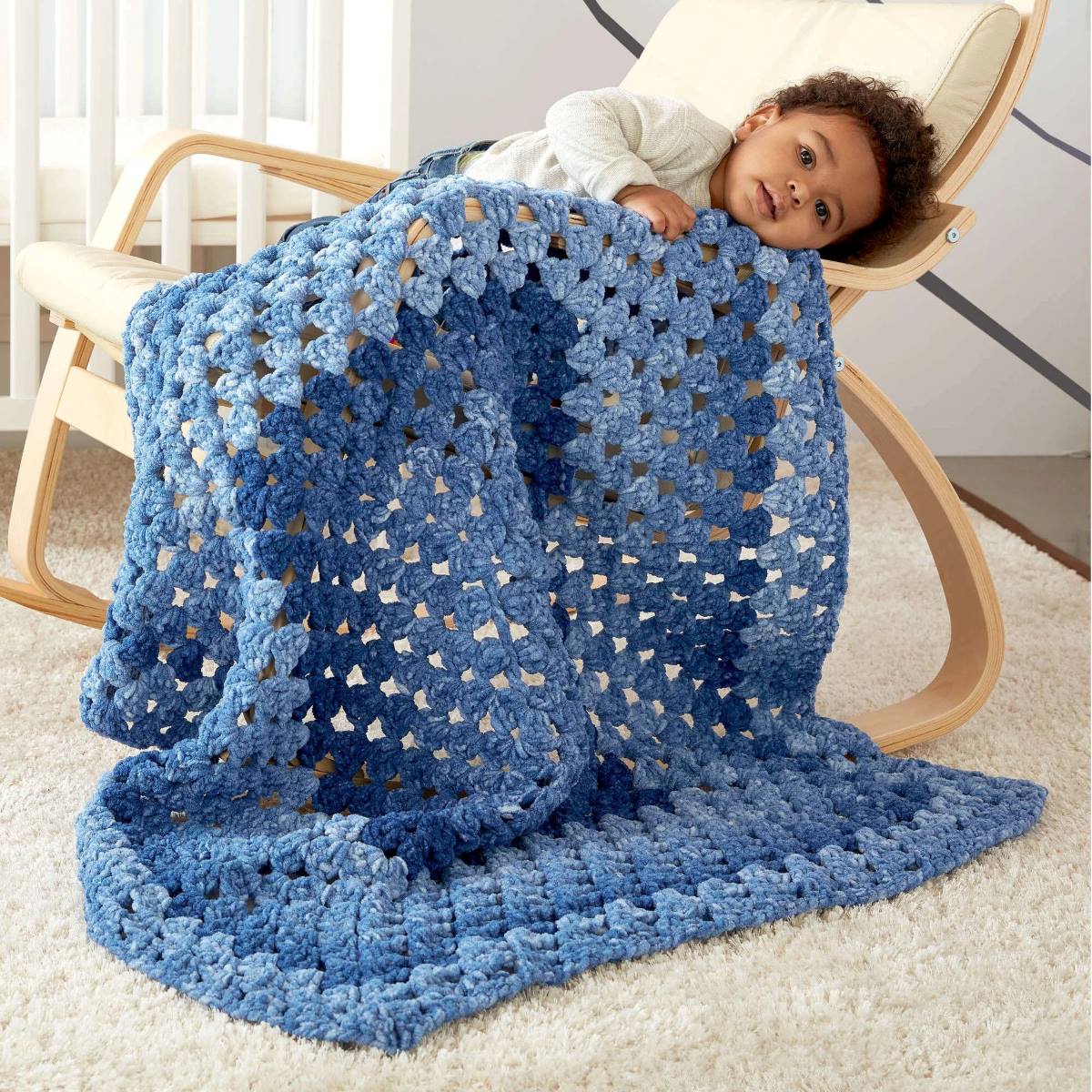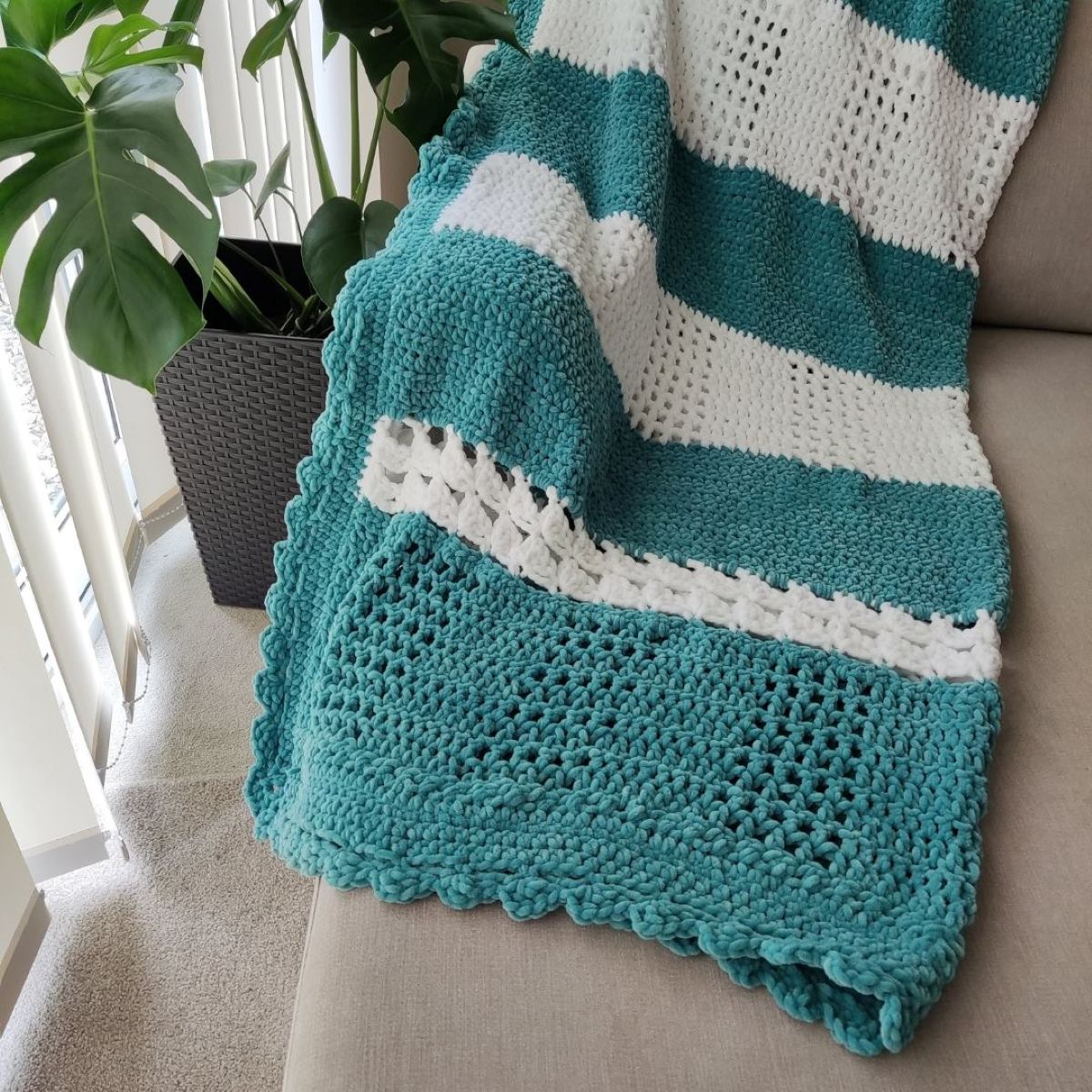

Articles
How Long Does It Take To Crochet A Blanket
Modified: November 1, 2024
Discover articles with helpful tips on how long it takes to crochet a blanket. Get expert advice and guidelines for creating beautiful blankets.
(Many of the links in this article redirect to a specific reviewed product. Your purchase of these products through affiliate links helps to generate commission for Storables.com, at no extra cost. Learn more)
Introduction
Crocheting a blanket is a labor of love that can create a cozy and comforting masterpiece. However, one common question that often arises is, “How long does it take to crochet a blanket?” The answer to this question is not straightforward, as the time it takes to complete a crochet blanket can vary depending on several factors. In this article, we will explore these factors and provide helpful tips to estimate crochet time and complete your blanket project efficiently.
Factors such as the chosen pattern, yarn and hook size, your skill level, and the size and complexity of the blanket can all impact how long it takes to finish crocheting a blanket. Understanding and considering these factors will help you plan your crochet project effectively and manage your expectations regarding the time commitment involved.
Are you ready to dive into the fascinating world of crochet time estimation? Let’s explore each factor in detail and equip you with the knowledge to create beautiful blankets efficiently.
Key Takeaways:
- Crochet time varies based on pattern complexity, yarn/hook size, skill level, and blanket size. Understanding these factors helps in estimating time and planning crochet projects effectively.
- Implementing tips like creating a routine, mastering basic stitches, and organizing supplies can speed up the crochet process. Enjoy the journey and take pride in the beautiful blanket you create.
Read more: How To Start Crocheting A Blanket
Factors Affecting Crochet Time
When it comes to estimating crochet time, several factors come into play. These factors can significantly impact the amount of time it takes to complete a crochet blanket. Understanding these factors will help you assess the time commitment required and plan your project accordingly. Let’s take a closer look at the key factors affecting crochet time:
- Choosing the Right Pattern: The complexity of the crochet pattern you choose will directly influence the time it takes to complete the blanket. Intricate stitch patterns, complex colorwork, and detailed design elements can add more time to the overall project. Conversely, selecting a simple and straightforward pattern will make the crocheting process quicker.
- Selecting the Appropriate Yarn and Hook Size: The type and thickness of yarn you use, along with the corresponding hook size, can impact crochet time. Bulkier yarn and larger hook sizes generally result in larger stitches, making the crocheting process faster. On the other hand, using finer yarn and smaller hook sizes will create smaller stitches and may require more time to complete the blanket.
- Skill Level and Experience: Your crochet skill level and experience play a significant role in crochet time estimation. Beginners may take longer to complete a project compared to experienced crocheters. As you gain more proficiency and familiarity with the crochet techniques, your speed and efficiency will improve, reducing the overall crochet time.
- Size and Complexity of the Blanket: The size and complexity of the blanket directly influence the time it takes to crochet. Larger blankets naturally require more time, as there are more stitches and rows to complete. Similarly, a blanket with intricate stitch patterns or complex design elements may take longer to finish compared to a blanket with a simple and repetitive pattern.
Considering these factors and assessing their influence on crochet time will enable you to make informed decisions when planning your crochet blanket project. By understanding how each factor impacts crochet time, you can estimate the time commitment accurately and set realistic expectations for yourself.
Choosing the Right Pattern
The pattern you choose for your crochet blanket is a crucial factor in determining the time it takes to complete the project. The complexity and intricacy of the pattern can significantly affect crochet time. Here are a few things to consider when selecting a pattern:
- Simplicity: If you’re looking to finish your crochet blanket quickly, opting for a simple and straightforward pattern is the way to go. Choose a pattern that involves basic stitches and minimal stitch variations. This will allow you to work up the blanket more efficiently and reduce the overall crochet time.
- Repetitive Stitches: Patterns that involve repetitive stitch patterns can significantly speed up the crocheting process. With fewer stitch changes, your hands can work on autopilot, allowing you to complete rows more quickly. Look for patterns that have a consistent and repetitive stitch sequence to save time.
- Pattern Size: The size of the blanket as specified in the pattern will also impact crochet time. Larger blankets naturally require more stitches and rows, resulting in a longer crocheting process. If you’re short on time and want to complete the project quickly, consider choosing a smaller-sized blanket pattern.
- Additional Design Elements: Some patterns may include additional design elements, such as colorwork, motifs, or intricate stitch combinations. While these elements can add visual interest to the blanket, they also require more time and attention to detail. If time is a constraint, opt for patterns without too many additional design elements.
- Personal Preference: Ultimately, the pattern you choose should align with your personal preferences and interests. Select a pattern that excites you and makes you eager to pick up your crochet hook. When you enjoy the pattern you’re working on, the time spent crocheting will feel more enjoyable and fulfilling.
By considering these factors when choosing a crochet pattern for your blanket, you can make an informed decision that aligns with your time constraints and skill level. Remember, the goal is to find a pattern that strikes a balance between your desired design elements and the time you’re willing to invest in the project.
Selecting the Appropriate Yarn and Hook Size
When it comes to crochet time, the type of yarn and hook size you choose can have a significant impact. Here’s how selecting the appropriate yarn and hook size can affect crochet time:
- Yarn Thickness: The thickness or weight of the yarn can determine the speed at which you crochet. Generally, bulkier yarns, such as super chunky or bulky weight, enable you to cover more surface area with fewer stitches. This results in a faster crochet time compared to working with finer yarns, such as lace or fingering weight. If you’re looking to complete your blanket quickly, consider selecting a bulkier yarn.
- Hook Size: The hook size you use in crochet also affects how quickly you can work up your blanket. Larger hook sizes create larger stitches, allowing you to progress more rapidly. Conversely, smaller hook sizes create smaller stitches, which may require more time to complete the same amount of work. Keep in mind that the recommended hook size for a specific yarn is typically listed on the yarn label or in the pattern instructions.
- Yarn and Hook Compatibility: It’s important to ensure that the yarn and hook you choose are compatible. Using a hook that is too small for the yarn weight can result in a stiff and tight fabric that slows down your crochet progress. Conversely, using a hook that is too large for the yarn weight can create a loose and floppy fabric that may require additional work to achieve the desired thickness. Experiment with different hook sizes until you find the one that produces the desired fabric density and works well with your yarn choice.
- Stitch Definition: Another consideration when selecting yarn is stitch definition. Some yarns have excellent stitch definition, meaning that the stitches stand out and are easy to see. This can make the crocheting process quicker and more enjoyable, as you can easily identify and work into the correct stitches. On the other hand, yarns with poor stitch definition may require more time and attention to ensure accuracy and neatness in your crocheting.
By carefully considering the yarn thickness, hook size, compatibility, and stitch definition, you can choose the yarn and hook combination that suits your preferences and crochet style. Finding the right balance between speed and fabric quality will help you efficiently crochet your blanket while achieving the desired results.
Skill Level and Experience
When it comes to crochet time, your skill level and experience play a significant role. Here’s how they can impact the time it takes to complete a crochet blanket:
- Beginner Level: If you’re new to crochet, it’s natural to take more time to complete a project compared to someone with more experience. As a beginner, you may need to refer to instructions more frequently, practice new stitches, and develop muscle memory for crochet techniques. Don’t rush the learning process; take your time to understand the fundamentals and steadily improve your skills.
- Intermediate Level: As you gain experience and become more comfortable with crochet techniques, your speed and efficiency will improve. At the intermediate level, you may be able to work up a crochet blanket more quickly than a beginner, as you’re familiar with common stitches and have a better understanding of pattern instructions. Your confidence and skill will allow you to crochet with ease and speed, making the process more enjoyable.
- Advanced Level: Advanced crocheters can often complete crochet projects more quickly due to their extensive experience and deep understanding of crochet techniques. Advanced crocheters can read patterns more easily, make stitch adjustments on the fly, and have accumulated a repertoire of tricks and shortcuts. They can efficiently troubleshoot and overcome challenges that may arise during the crocheting process.
- Experience with Specific Techniques: Your familiarity with specific crochet techniques used in the blanket pattern can also impact crochet time. If the pattern includes stitches or techniques you’re already proficient in, you’ll be able to work through them quickly. On the other hand, if the pattern introduces new techniques or stitches you’re less familiar with, it may take more time to master and execute them accurately.
Regardless of your skill level, the joy of crochet is in the process itself. As you continue to practice and gain experience, you’ll naturally become faster and more efficient. Celebrate the progress you make along your crochet journey, and remember that every stitch contributes to the creation of a beautiful blanket.
The time it takes to crochet a blanket depends on the size, complexity of the pattern, and your crochet speed. A simple baby blanket can take 10-20 hours, while a larger, more intricate blanket can take 30-50 hours or more.
Size and Complexity of the Blanket
The size and complexity of the crochet blanket you choose to make can significantly impact the time it takes to complete the project. Here’s how size and complexity come into play:
- Size: The size of the blanket is one of the most obvious factors affecting crochet time. It’s important to consider the dimensions of the blanket you envision creating. Larger blankets with more significant dimensions naturally require more time to complete. The number of stitches and rows needed to achieve the desired size can be significant, resulting in a longer crocheting process. On the other hand, smaller blankets will require fewer stitches and rows, making them quicker to crochet.
- Complexity of Stitch Patterns: The complexity of the stitch patterns used in the blanket can also impact crochet time. If the pattern involves intricate stitch combinations, complex colorwork, or advanced techniques, it may take more time to complete each row. Following the pattern instructions and executing intricate stitch patterns accurately requires concentration and attention to detail, which can slow down the crocheting process. Consider your skill level and comfort with advanced techniques when selecting a pattern with complex stitch patterns.
- Additional Design Elements: Incorporating additional design elements, such as motifs, appliques, or border details, can lengthen the time needed to complete the blanket. These extra elements require attention to detail and additional stitching to achieve the desired decorative effects. While these elements can enhance the overall look of the blanket, they also contribute to greater crochet time.
- Repetitive Patterns: Conversely, blankets with repetitive patterns can help speed up the crocheting process. If the pattern involves the repetition of a basic stitch pattern or a simple motif, you can work more quickly and achieve a rhythm in your crocheting. With less variation in the stitches, your hands can move more efficiently, resulting in faster progress.
When considering the size and complexity of your blanket project, it’s essential to strike a balance between the desired end result and the time you’re willing to invest. If you’re looking for a quick project, choose a smaller size with simple stitch patterns. If you’re passionate about more intricate designs, be prepared for a longer crochet journey. Keep in mind that the process of crocheting itself can be therapeutic and enjoyable, no matter the size or complexity of the blanket you choose to create.
Crochet Time Estimates for Different Blanket Sizes
Estimating the crochet time for different blanket sizes can be helpful in planning your project and managing your expectations. While individual crocheting speeds may vary, here are some general time estimates for common blanket sizes:
- Baby Blanket: A typical baby blanket size is around 30×40 inches. Crocheting a baby blanket of this size using a simple pattern can take around 20-30 hours. Of course, more complex stitch patterns or intricate design elements will extend the crochet time.
- Throw Blanket: A throw blanket is larger, typically measuring around 50×60 inches. Crocheting a throw blanket can take approximately 30-40 hours, depending on the chosen stitch pattern and your crocheting speed. Again, keep in mind that more intricate patterns or additional design elements may add extra time.
- Twin Size Blanket: Twin size blankets are larger, usually around 66×90 inches. As these blankets require more stitches and rows, the crochet time increases. It may take anywhere between 40-60 hours to complete a twin-size blanket, depending on the complexity of the pattern and your crocheting speed.
- Full/Queen Size Blanket: Full and queen size blankets, measuring approximately 80×90 inches, take a considerable amount of time to crochet. The crochet time for these larger blankets can range between 60-80 hours, depending on the stitch pattern’s complexity and the speed at which you crochet.
- King Size Blanket: King size blankets are the largest and most time-consuming to crochet. With dimensions around 90×108 inches or more, crocheting a king size blanket can take anywhere from 80-100+ hours. The crochet time will depend on factors such as the stitch pattern, yarn selection, your crocheting speed, and your level of experience.
Remember that these time estimates are just rough guidelines. Crochet time can vary based on individual factors such as skill level, experience, crocheting speed, and the complexity of the pattern. It’s always a good idea to give yourself some flexibility in your timeline and consider your personal crocheting style when planning your blanket project.
Keep in mind that crochet is a journey, and the time spent creating a blanket is part of the overall experience. Embrace the process, enjoy each stitch, and the end result will be a beautiful and cherished blanket to treasure.
Tips for Speeding Up the Crochet Process
If you’re looking to complete your crochet blanket more efficiently, here are some helpful tips to speed up the crocheting process:
- Create a Crochet Routine: Establish a regular crochet routine by setting aside dedicated time each day or week for your crochet project. By consistently working on your blanket, you’ll make steady progress and stay motivated to complete it in a timely manner.
- Organize Your Supplies: Keep your crochet supplies organized and easily accessible. This includes your yarn, hooks, stitch markers, and any other tools you may need. Having everything in order will save you time searching for materials, allowing you to focus on crocheting.
- Become Proficient in Basic Stitches: Mastering basic crochet stitches will significantly speed up your crocheting process. Practice and become proficient in fundamental stitches like single crochet, double crochet, and treble crochet. Having a solid foundation in these stitches will make following patterns easier and faster.
- Use Stitch Markers: Utilize stitch markers to keep track of your progress and stitch counts. These small markers can help you quickly identify important points in your pattern, saving time from constantly recounting stitches.
- Avoid Distractions: Minimize distractions while crocheting to maintain focus and work efficiently. Find a quiet and comfortable space where you can concentrate on your project without interruptions. This will help you maintain a steady rhythm and flow as you work on your blanket.
- Practice Efficient Stitch Technique: As you gain experience, focus on refining your crochet technique for speed. Find an efficient and comfortable way to hold your hook and yarn, allowing for swift and smooth movement. Experiment with different techniques to find what works best for you.
- Cut Yarn Efficiently: When changing colors or joining new yarn, cut the yarn efficiently to avoid wasting time. Plan ahead and cut yarn to the appropriate length before starting the next section. This prevents unnecessary pauses during crocheting and keeps your momentum going.
- Work in Bulk: If your pattern allows, work in bulk by completing multiple rows or sections before fastening off. This reduces the number of starts and stops, making your crocheting more efficient. However, be mindful not to overwhelm yourself and maintain accuracy as you work.
- Keep a Consistent Tension: Maintain a consistent tension throughout your crocheting to ensure even and uniform stitches. Inconsistent tension can lead to variations in stitch size and overall appearance. Practice controlling your tension to create a consistent fabric, saving time from fixing mistakes or adjusting tension as you go.
With these tips, you can increase your crocheting speed and complete your blanket more efficiently. Remember, it’s not just about finishing quickly, but also enjoying the process of creating something beautiful with your own hands.
Conclusion
Crocheting a blanket is a fulfilling and rewarding journey that requires time, patience, and creativity. While the exact time it takes to complete a crochet blanket varies based on several factors, such as the chosen pattern, yarn and hook size, skill level, and the size and complexity of the blanket, planning and optimizing your crocheting process can help you achieve your project goals more efficiently.
By carefully considering the factors that affect crochet time, such as the complexity of the pattern, selecting the appropriate yarn and hook size, your skill level and experience, and the size and complexity of the blanket, you can make informed decisions and manage your expectations. Additionally, estimating crochet time based on the size of the blanket can assist you in planning your project timeline.
Furthermore, implementing tips for speeding up the crochet process, such as establishing a routine, organizing your supplies, becoming proficient in basic stitches, using stitch markers, minimizing distractions, practicing efficient stitch techniques, cutting yarn efficiently, working in bulk, and maintaining consistent tension, can help you save time and work more efficiently.
As you embark on your crochet journey, remember that every stitch counts and the time spent crocheting is an opportunity for relaxation, creativity, and self-expression. Embrace the process, enjoy the moments, and take pride in the blanket you create.
So, how long does it take to crochet a blanket? The answer ultimately depends on the unique combination of factors specific to your project. Embrace the journey, find joy in the process, and know that the time and effort you invest will result in a beautiful and cherished blanket that will bring warmth and comfort for years to come.
Frequently Asked Questions about How Long Does It Take To Crochet A Blanket
Was this page helpful?
At Storables.com, we guarantee accurate and reliable information. Our content, validated by Expert Board Contributors, is crafted following stringent Editorial Policies. We're committed to providing you with well-researched, expert-backed insights for all your informational needs.
